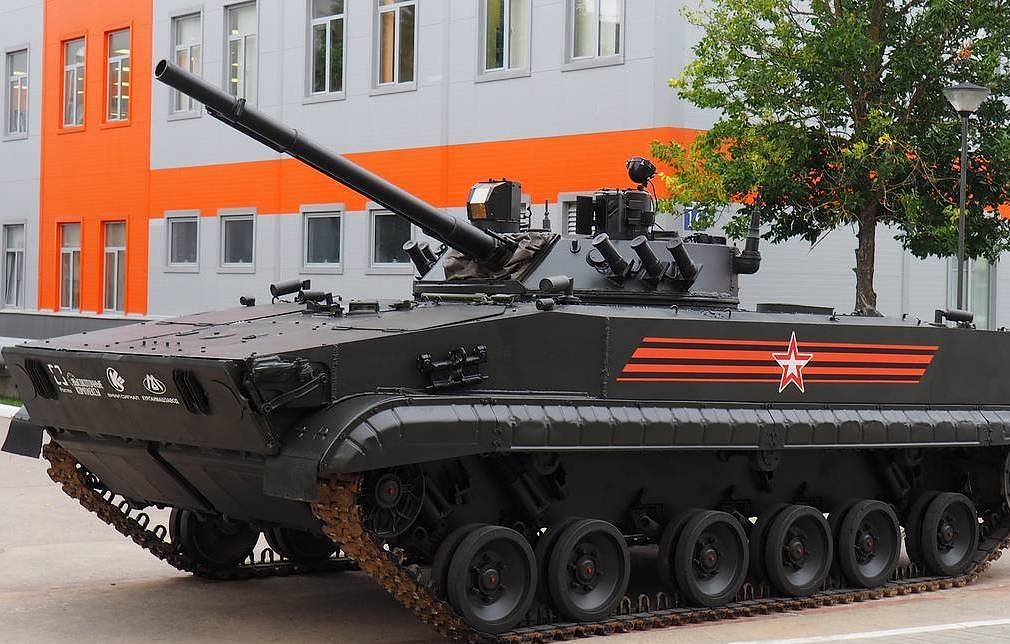Russia’s latest Udar battlefield robot to learn to fight on its own, capable of moving autonomously on the battlefield and it can also interact with drones.
In 2015, the Russian Defense Industry first unveiled the mysterious Udar ‘robotic vehicle’ on its ‘Innovation Day’.
The first operational prototype of Udar Unmanned Ground Vehicle (UGV) has been developed by the Signal All-Russian Scientific Institute within High Precision Systems Company, integrated into an affiliated subsidiary of Russian defense giant Rostec. Russian news agency Tass has reported.
Iran’s FM: $1 trillion economy damage due to US sanctions
The Armament Cluster Industrial Director Bekhan Ozdoyev, at the state tech corporation Rostec, gave a far-reaching interview to the Russian Tass news agency.
“When developing the Udar, the enterprise’s specialists tested the possibility of the robot’s movements in the autonomous mode. For this purpose, the vehicle integrates a motion planning subsystems based on the sensors and measuring devices.” According to Bekhan Ozdoyev.
He added, “Based on the data received, the robot’s route is formed, taking into account terrain features, and combat assignment parameters can be calculated.”
Russia’s press office of High Precision Systems said, in developing robotic combat vehicles, the Signal Research Institute uses a unified robotics principle that implies outfitting existing models of military hardware with a set of equipment.

Udar the battlefield robot built from the chassis of the prolific BMP-3 late soviet Infantry Fighting Vehicle (IFV). Over 2000 units of BMP-3 platform built since its induction in 1987. The platform has seen widespread adoption not only within the Russian military but also throughout the Middle East. The BMP-3 has spawned over a dozen purpose-built derivatives, including the amphibious BT-3F and anti-tank Kornet-T.
US Marines new anti-tank weapon system
“The udar robot, for example, has been developed on the basis of the BMP-3 infantry fighting vehicle. The same principle is used to robotize combat compartments: as of today, six different combat compartments mounted on the vehicle have been robotized,” it said.
The robot can also interact with UAVs, Ozdoyev said. “We tested interoperability with drones, including the tethered type with the electric power supply from the robot itself.”
“Such drones can be used for conducting further reconnaissance and relaying the control radio channel,” Ozdoyev added.
The Udar vehicle has also been tested with lightweight robots designated for conducting reconnaissance, blowing up targets, transporting cargoes, and evacuating the wounded.
US: DARPA UAV LongShot air-to-air missile program
“The lightweight robot is mounted on or in the rear of the Udar vehicle and has a mechanism for simplified automatic undocking from the carrier before starting the fulfillment of the assigned task,” the Signal Research Institute specified.
Analysis:
The induction of the Udar battlefield robot, the autonomous fighting vehicle will enhance the Russian military’s capability to engage ground targets more accurately.
It will provide the base and testing ground for more fighting machines to go autonomous and will operate on their own in the future integrated complex combat environments.


